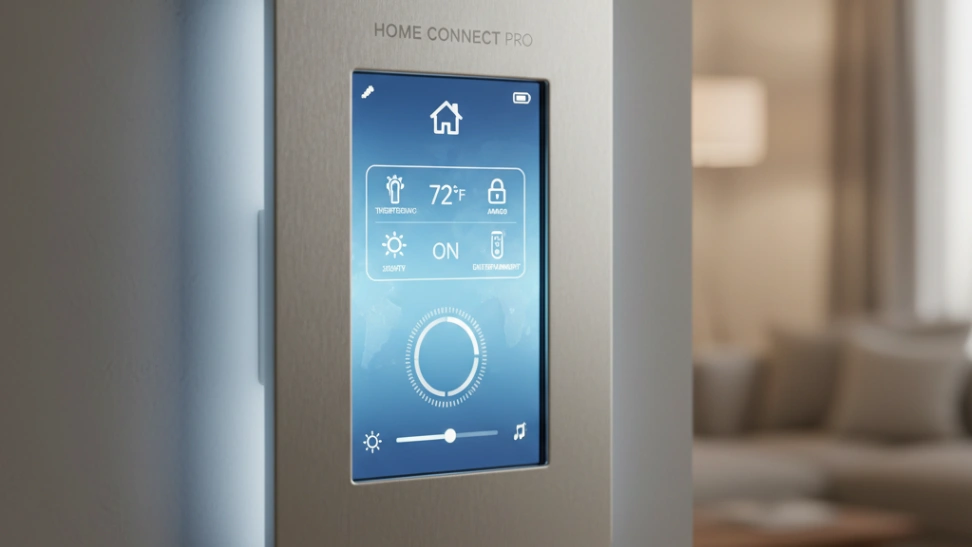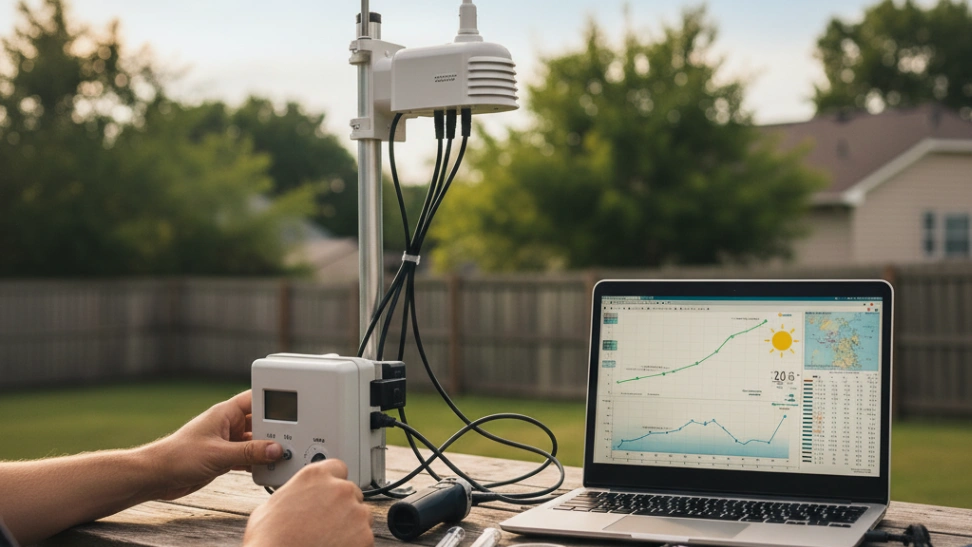The concept of an automated home has roots in science fiction, but practical applications began to emerge in the mid-20th century with remote controls and timed switches for appliances. Early attempts at comprehensive home automation were proprietary, expensive, and complex, limiting adoption to niche enthusiasts and luxury homes. The X10 protocol, introduced in 1975, was one of the first widespread attempts at a home automation standard, using existing electrical wiring to transmit signals. However, its reliability was often spotty, and installation could be challenging. The rise of the internet and wireless technologies like Wi-Fi, Zigbee, and Z-Wave in the late 20th and early 21st centuries truly democratized home automation. These advancements allowed for easier installation, greater interoperability between devices from different manufacturers, and more sophisticated control systems accessible via mobile applications and cloud services. The explosion of voice assistants like Amazon Alexa and Google Assistant in the 2010s further propelled home automation into the mainstream, making interaction intuitive and hands-free, transforming it from a niche tech pursuit into an accessible lifestyle enhancement. This evolution has fostered a vibrant community of hobbyists constantly pushing the boundaries of what a smart home can do.
Engaging in home automation involves a multifaceted approach, starting with understanding your needs and desires for a smarter home. This could range from simple tasks like scheduling lights to turn on at sunset, to complex routines involving multiple devices, such as automatically adjusting the thermostat when you leave, locking doors, and arming security cameras. The hobby requires a degree of research into various smart home ecosystems (e.g., Apple HomeKit, Google Home, Amazon Alexa, SmartThings, Home Assistant) and the compatibility of different devices. You'll often find yourself delving into networking fundamentals, understanding IP addresses, Wi-Fi configurations, and sometimes even setting up local servers or Raspberry Pis for more advanced, privacy-focused, or custom solutions. It's a continuous learning process, as new devices, protocols, and integration methods are constantly emerging. The satisfaction comes from designing, implementing, and refining systems that genuinely improve your daily life, making your home more responsive and intelligent.
The benefits of home automation extend beyond mere convenience. Enhanced security is a major draw, with smart cameras, door locks, and motion sensors providing peace of mind. Energy efficiency is another significant advantage, as automated climate control and smart lighting can reduce utility bills by ensuring resources are only used when needed. Accessibility is also improved for individuals with mobility challenges, allowing them to control their environment with greater ease. However, the hobby also presents its share of challenges. Interoperability between devices from different brands can still be a hurdle, leading to frustrating compatibility issues. Security concerns, particularly regarding data privacy and potential vulnerabilities to hacking, are paramount and require careful consideration and robust network practices. The initial setup can be time-consuming and sometimes requires troubleshooting, testing your patience and problem-solving skills. Furthermore, the sheer number of available products and platforms can be overwhelming for beginners, necessitating thorough research to avoid costly mistakes. Despite these challenges, the rewards of a truly intelligent and personalized living space often outweigh the initial difficulties, fostering a deep sense of accomplishment and technological mastery.
The home automation community is thriving, with online forums, subreddits, and dedicated websites providing a wealth of information, troubleshooting advice, and inspiration for new projects. Enthusiasts frequently share their custom setups, scripts, and automation ideas, fostering a collaborative environment where knowledge is freely exchanged. This communal aspect helps beginners navigate the complexities and discover advanced techniques. As technology continues to evolve, the future of home automation looks incredibly promising. Advancements in artificial intelligence, machine learning, and edge computing are poised to make smart homes even more intuitive and proactive, anticipating user needs rather than just reacting to commands. The increasing focus on open standards and local control promises greater privacy and reliability, reducing reliance on cloud services. Furthermore, as devices become more affordable and easier to install, home automation is expected to become an even more ubiquitous aspect of modern living, moving beyond a hobby for the tech-savvy to a standard feature for every household. This ongoing innovation ensures that home automation remains a dynamic and endlessly fascinating pursuit for those who love to tinker and optimize their living spaces.



